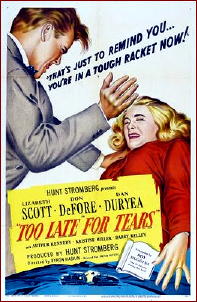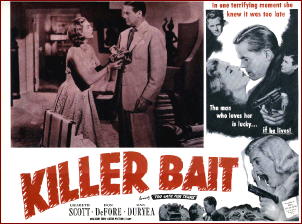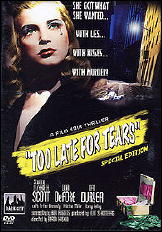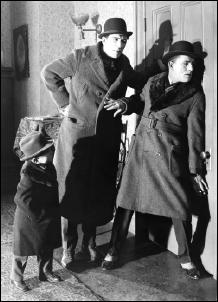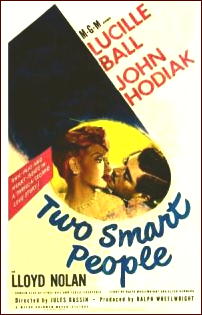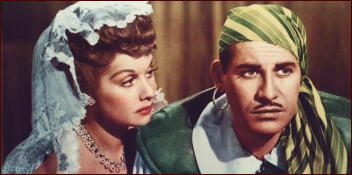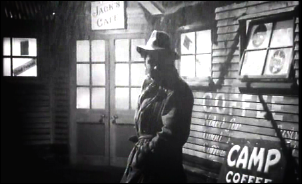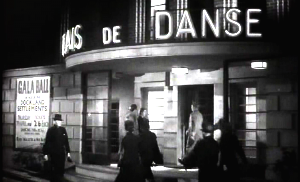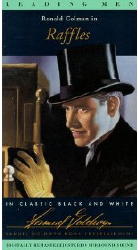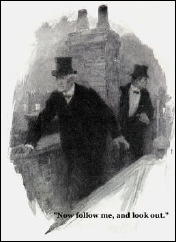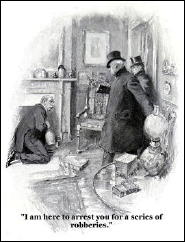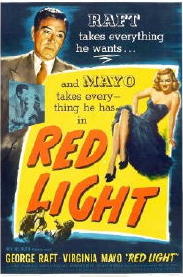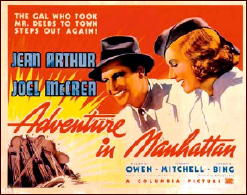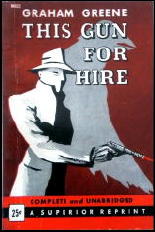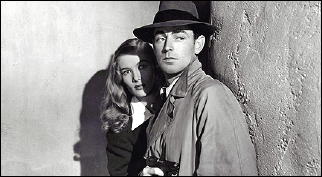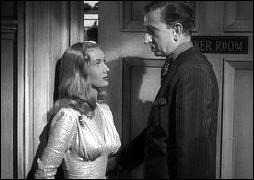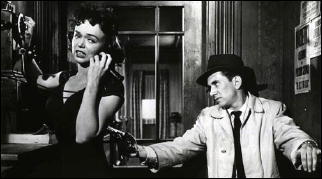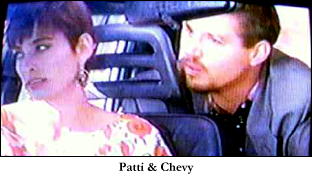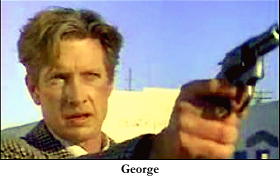FIRST YOU READ, THEN YOU WRITE
by Francis M. Nevins
A few weeks ago Turner Classic Movies presented yet another film of the Thirties which, had it been made in the Forties, would have been accepted by everyone as film noir.
I refer to Crime and Punishment (Columbia, 1935), based on Dostoevski’s classic novel. For obvious budgetary reasons director Josef von Sternberg makes no attempt to recreate mid-19th-century St. Petersburg, and we are told in an opening title that the story could take place at any time and anywhere.
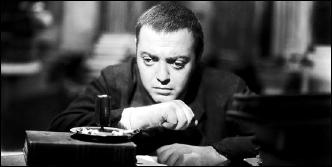
This is why the protagonist’s name morphs from Rodion to Roderick Raskolnikov, and also why we never see any automobiles or horse-drawn vehicles or any other form of transportation that might give us a clue to whether we are in the 19th or the 20th century.
Amid grotesque shadows and bizarre camera angles, Peter Lorre in his first role after escaping from Hitler’s Europe played Raskolnikov — how could that whiny, sweaty, pop-eyed little toad have ever imagined himself to be an Ubermensch above the law? — while the police detective Porfiry Petrovich was played by Edward Arnold, who the following year would be cast, for one film only, as Nero Wolfe.
If you missed the TCM debut of this version of Crime and Punishment, watch for it when next it’s shown.
Speaking of Nero, it was my good fortune that I began reading Rex Stout in the late 1950s, when I was in my middle teens and also pigging out on a dozen or more TV Western series a week.
Why was this a lucky break for me? Because one of those Western series saved me from misunderstanding Archie Goodwin.
If you were following the Wolfe saga during the Hammett-Chandler era when the novels and novellas were first coming out, you might easily have tried to assimilate Archie to the legion of wisecracking PI/first person narrators of the time, and then rejected the character when you sensed what a poor fit that was.

Even so astute a critic as John Dickson Carr, writing in 1946, referred to Archie as “insufferable” and a “latter-day Buster Brown.”
But if you were fortunate enough to discover Stout in the late Fifties, at a time when millions of Americans including myself were watching Maverick every Sunday evening, you might have recognized Archie Goodwin and Bret Maverick as soul brothers.
You might have credited Rex Stout with having created in prose the Great American Wiseass prototype which James Garner brought to perfection on film. You might have longed to see one of Stout’s novels filmed with Orson Welles as Wolfe and Garner as Archie. At least I did. What a shame that it never happened!
When did TV movies begin? The first films that networks called by that name were broadcast in the fall of 1964. But if a TV movie is a feature-length film that tells a continuous story and was first seen in a single installment, the genre dates back at least to the suspense thrillers and Westerns that were aired one week out of four, beginning in the fall of 1956, as part of the prestigious CBS anthology series Playhouse 90 (1956-61).

As a young teen I watched some of those films. Until recently the only one I had revisited as an adult was So Soon to Die (January 17, 1957), starring Richard Basehart and Anne Bancroft and based on the novel of the same name by Jeremy York, one of the many bylines of the hyper-prolific John Creasey (1908-1973).
A few weeks ago I came upon another, one that I hadn’t seen in more than half a century. The Dungeon (April 10, 1958), written and directed by David Swift, starred Dennis Weaver as a man who, after being acquitted of murder, is kidnapped by a psychotic ex-judge and locked up in a cell in the attic of his isolated mansion, along with several other acquitted defendants.
A great noir premise and a great cast to boot — Paul Douglas, Julie Adams, Agnes Moorehead, Patty McCormack, Patrick McVey, Thomas Gomez, Werner Klemperer, the list goes on and on. And the tension is heightened by the magnificently ominous music of a never credited Bernard Herrmann.
I wish Swift had provided a backstory to explain what turned the judge into a sociopath, and my mind, not to say my nose, boggles when I start wondering how his prisoners (one of whom has been held for more than a year!) ever showered or kept clean-shaven or changed clothes. But if you have the good fortune to find this film on DVD as I did, it’s well worth seeing and, thanks to Herrmann, hearing.
The Poetry Corner has been on sabbatical lately but I need to bring it back in order to tout perhaps the finest detective novel to deal centrally with the subject.
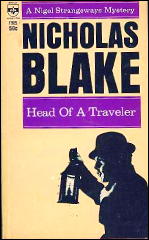
The author was Nicholas Blake, known outside our genre as C. Day Lewis (1904-1972), poet laureate of England and the father of actor Daniel Day-Lewis. The detective, as always except in Blake’s non-series crime novels, is Nigel Strangeways.
The title is Head of a Traveler (1949). Thomas Leitch in his essay on Blake in Mystery and Suspense Writers, Volume 1 (Scribner, 1998), describes the novel as “one of his most tormentedly introverted. The central figure is the distinguished poet Robert Seaton, whose household is destroyed by the unexpected discovery of his vanished brother Oswald’s decapitated corpse. The events of the fatal night remain obscure even after Strangeways’ final explanation; the real interest of the novel is in its impassioned examination of the costs of poetry — the lengths to which poets and those who love them will go in pursuit of their craft.”
Anthony Boucher in his short-lived “Speaking of Crime†column in Ellery Queen’s Mystery Magazine (August 1949) was a bit less enthusiastic: “Blake knows so much about his theme, the nature of poetic creation, that he never quite conveys it convincingly to the reader.”
Whichever critic is right, when it comes to the intersection of crime fiction and poetry, Head of a Traveler remains the “locus classicus.â€
